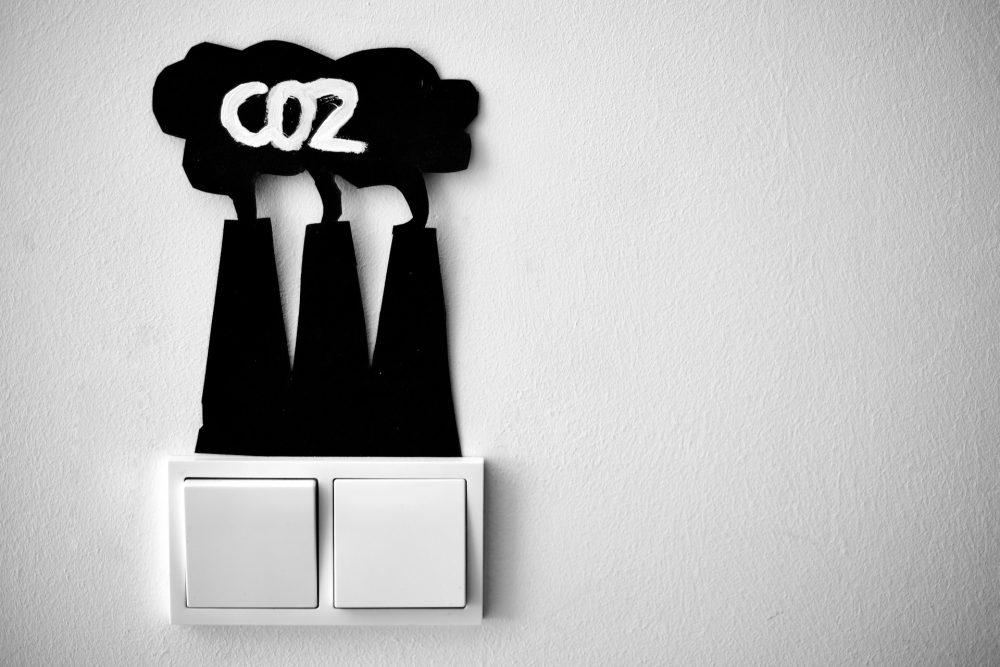Markets
The Labor Market Is Certainly Starting to Crack
The labor market and economy are finally starting to crack. If you are wondering what all the recession obsession is about, it is because the S&P 500 has historically dropped 32% on average during all such economic contractions since 1937, according to RBC Capital. The time to prepare your portfolio for the recession and phase two of the bear market, which started in 2022, is now.

So far this year, companies have planned 604,514 job cuts, a 198% increase from the 209,495 cuts announced through September 2022. It is the highest January-September total since 2020 when 2,082,262 cuts were recorded. Apart from that COVID year is the highest January to September total since 2009. The labor market and economy are finally starting to crack
The real story behind the labor market is one of persistent weakening
The October Non-Farm Payroll report posted a net increase of just 150k new jobs created. That figure was down from 297k for September. And, one-third of all new hiring came from the horrendously unproductive government sector. Meanwhile, the Household survey showed there was actually a decline of 348k jobs. Keep in mind the fact that the Labor Department has revised its initial guess at the number of jobs created to a lower figure every month this year—their birth-death models are as broken as the Fed’s economic models.
By the way, the average workweek fell in this last report. In fact, the Index of aggregate hours worked has fallen since the start of 2023. This means if you take the total number of people employed and multiply the figure by the average number of hours they work during the week, it was lower in October than in January.
And, the unemployment rate ticked up to 3.9% from 3.4% earlier this year. We have never had a .5% increase in the unemployment rate outside of the start of a recession. Think about that the next time you hear about how wonderful the consumer is doing thanks to Bidenomics.
The true fragility of the labor market can be clearly seen in the problems with payroll companies
Payroll service providers have seen their share prices tumble this year on the prospect of a much weaker hiring scenario. Paycom reported earnings on November 1st for its third quarter, and the company’s share price dropped by 38.5% on weaker sales and lowered guidance. These shares are down 48% ytd.
Paycor HCM company’s stock price has given up 25% of its value year-to-date. Paylocity shares have also retreated by 25% so far this year. The outlier in this space can be found in Automatic Data Processing. But while this company has done better than the rest, its shares still drop by 8% in 2023.
The labor market and economy have finally started to falter, just as major government forbearance and stimulus measures are ending
The COVID-19 Forbearance programs for FHA’s Single-family insured mortgages and Home Equity Conversion Mortgages (think reverse mortgages) will end on November 30th, 2023.
These people have not made a mortgage payment since early 2020. 17% of all mortgages are FHA insured. Student loan payments resumed on September 1st, and the Employee Retention Credit program, which gave eligible business owners a tax credit of up to $28,000 thousand per employee, expired on September 14th, when the IRS ceased processing applications on that date.
More signs of economic weakness can be found in the multi-billion-dollar, shared-office-space company WeWork. The firm filed for bankruptcy this week. The commercial real estate giant had 44 million square feet of office space spread out over 779 locations worldwide. The collapse of this company not only reflects the erosion of the labor market and the economy overall but is another nail in the coffin of the commercial real estate sector.
The main issue here is the continuing drag on the economy that comes along with the inevitable refinancing of debt at much higher interest rates, along with the Fed’s inexorable draining of liquidity from the banking system. Quantitative tightening has already drained one trillion from the base money supply. So far this year, 516 publicly listed firms have filed for bankruptcy. Many of these companies were so-called zombie firms.
They had been surviving by issuing new debt to pay back existing creditors. That game is now over, and the number of bankruptcies is rising rapidly. Corporate bankruptcies in the U.S. rose by 30% over the past 12 months, according to statistics published by the U.S. court system as reported by Reuters. That cannot be good news for the labor market.
As my friend Chris Whalen of Whalen Global Advisors points out, the U.S. banking industry is deeply insolvent, a fact that will negatively impact earnings for years to come. 54% of all U.S. mortgages have a rate between 2.5% and 4%. This rate is below banks’ funding costs, with the T-bill rate remaining above 5%. Meaning, that the bank’s business model is upside down. The financial industry owns these MBS and bank loans that are trading at 70 cents on the dollar.
Most importantly, while these assets are currently down 30%, which is a disaster, this is before the recession arrives
Just imagine how distressed these assets will become once mortgage defaults rise due to a spiking unemployment rate, which causes home values to tumble! Of course, the situation with CMBS is much worse. Here, we not only have the same unfavorable interest rate dynamics but also the high vacancy rates, which have already spiked due to the work and shop-from-home phenomenon but now will surge once the economic downturn arrives in full force.
But what about the onshoring manufacturing renaissance you hear so much about in the U.S.? Well, the ISM Manufacturing number fell for the 11th month in a row. Manufacturing in the U.S. not only contracted in October; the 46.7 figure shows that Manufacturing is contracting at a faster rate.
Finally, one of the world’s biggest shipping firms, Maersk, is cutting 3,500 more jobs due to lower freight rates and demand. The shipping giant had already cut 6,500 employees earlier this year but now says more cuts were needed. The firm said profits had plunged by 92% in its most recent quarterly results due to worsening prices for shipping by sea, which required further headcount reductions. “Our industry is facing a new normal with subdued demand and inflationary pressure on our cost base,” said Maersk chief executive Vincent Clerc.
That is the truth. The labor market and economy are finally starting to crack. If you are wondering what all the recession obsession is about, it is because the S&P 500 has historically dropped 32% on average during all such economic contractions since 1937, according to RBC Capital. Given the fact that the stock market is now trading at a valuation that is greater than any other time in history prior to 2020, that plunge from the start of the recession should be much greater than the average.
The time to prepare your portfolio for the recession and phase two of the bear market, which started in 2022, is now.
__
(Featured image by geralt via Pixabay)
DISCLAIMER: This article was written by a third party contributor and does not reflect the opinion of Born2Invest, its management, staff or its associates. Please review our disclaimer for more information.
This article may include forward-looking statements. These forward-looking statements generally are identified by the words “believe,” “project,” “estimate,” “become,” “plan,” “will,” and similar expressions. These forward-looking statements involve known and unknown risks as well as uncertainties, including those discussed in the following cautionary statements and elsewhere in this article and on this site. Although the Company may believe that its expectations are based on reasonable assumptions, the actual results that the Company may achieve may differ materially from any forward-looking statements, which reflect the opinions of the management of the Company only as of the date hereof. Additionally, please make sure to read these important disclosures.

-

 Markets1 week ago
Markets1 week agoCocoa Prices Drop Amid Speculative Selling and West African Supply Concerns
-

 Cannabis7 days ago
Cannabis7 days agoIs Aurora Cannabis Stock a Risk Worth Taking?
-

 Impact Investing2 weeks ago
Impact Investing2 weeks agoEU Eases CO2 Tax Burden on SMEs with Revised CBAM Rules
-

 Fintech2 days ago
Fintech2 days agoRobinhood Expands to Europe with Tokenized Stocks and Perpetual Futures
























